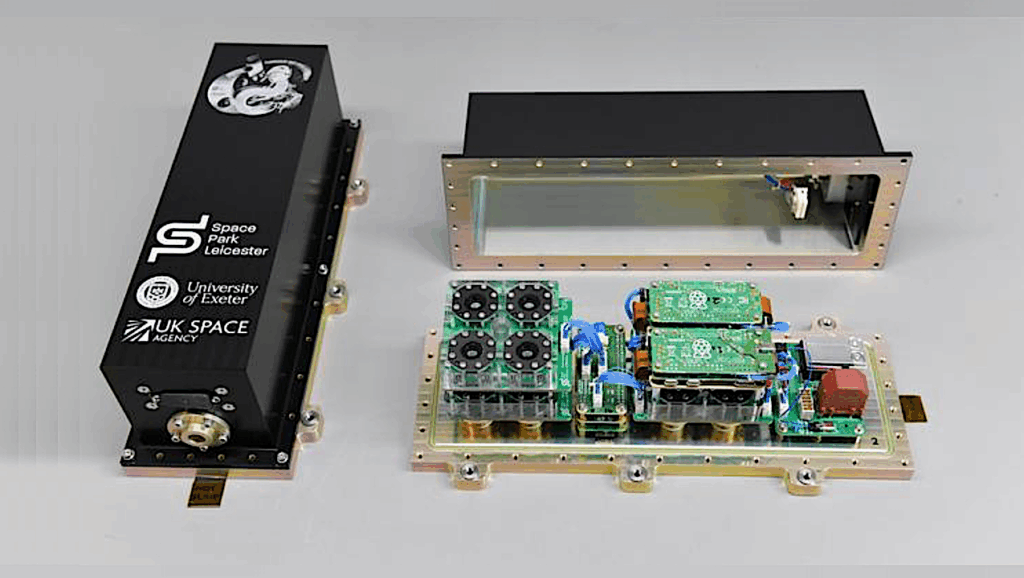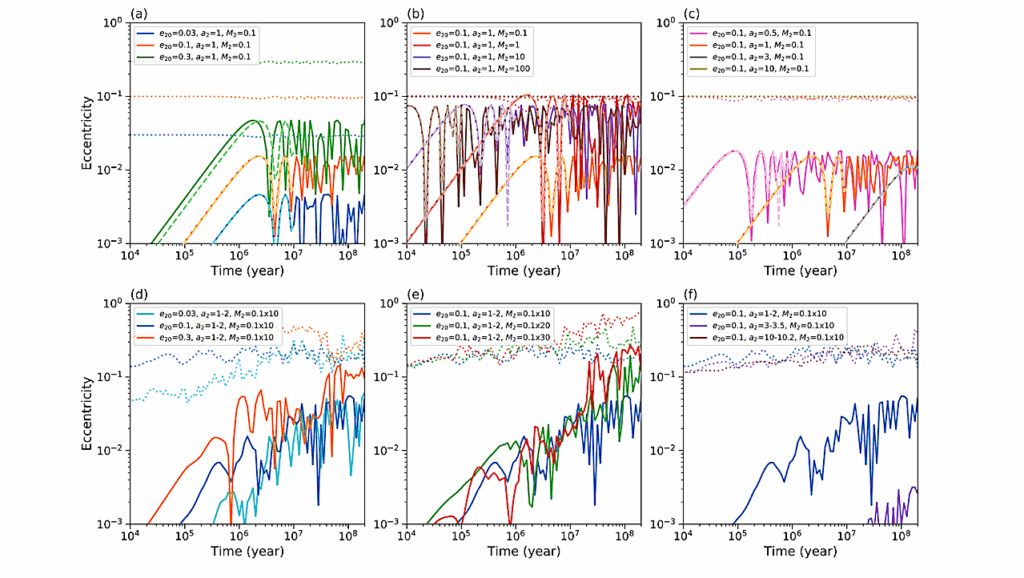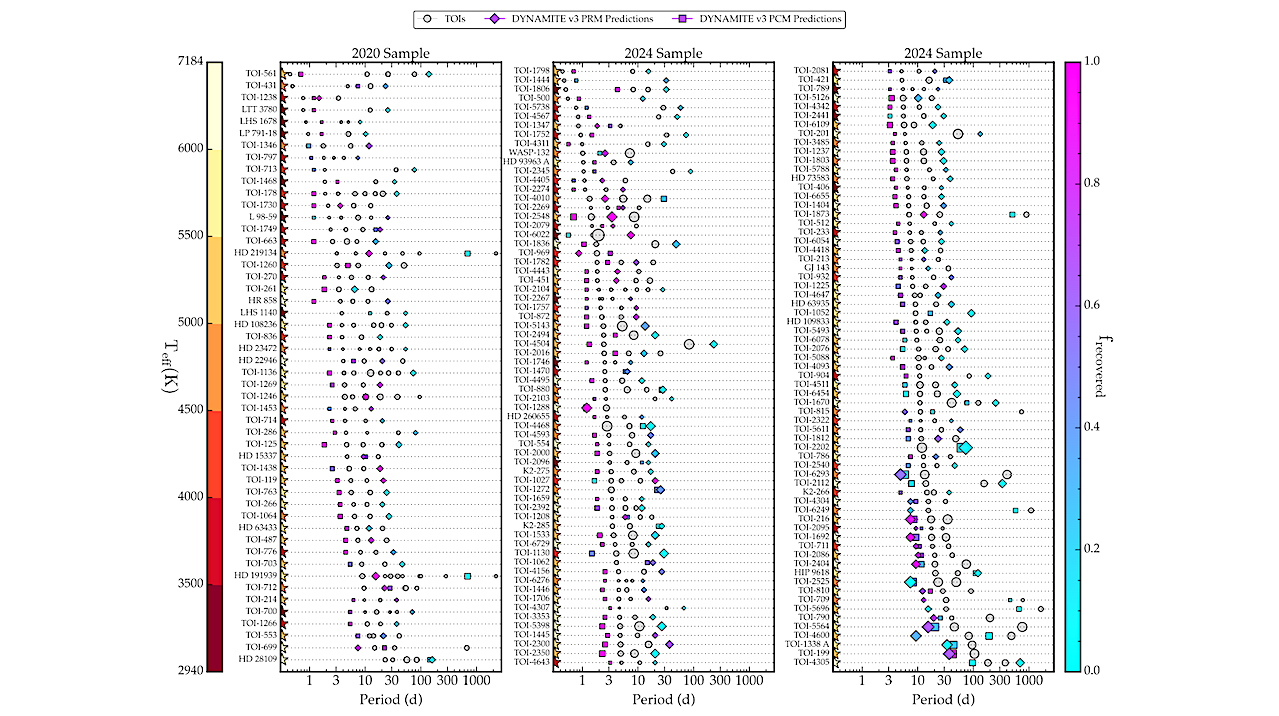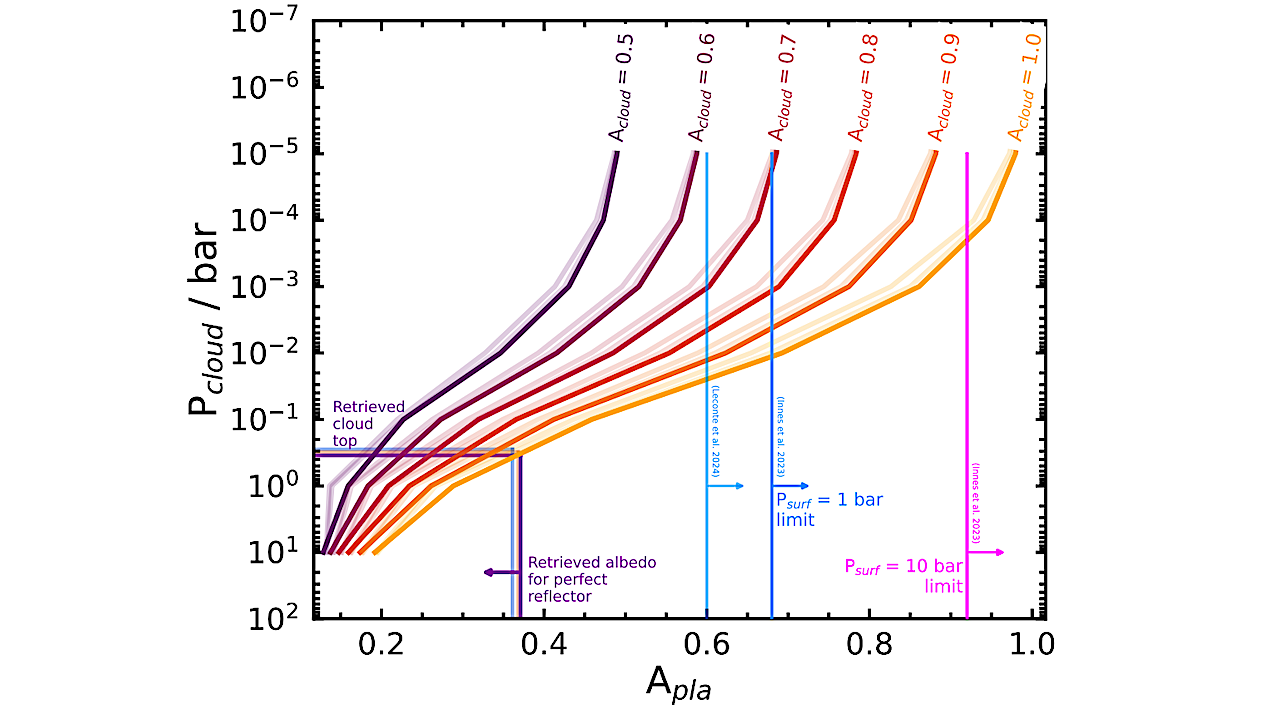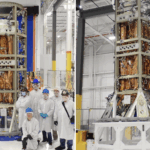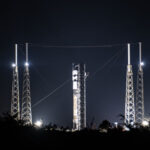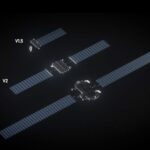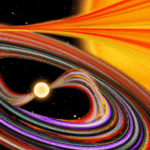Now Reading: Deciphering Sub-Neptune Atmospheres: New Insights from Geochemical Models of TOI-270 d
-
01
Deciphering Sub-Neptune Atmospheres: New Insights from Geochemical Models of TOI-270 d
Deciphering Sub-Neptune Atmospheres: New Insights from Geochemical Models of TOI-270 d
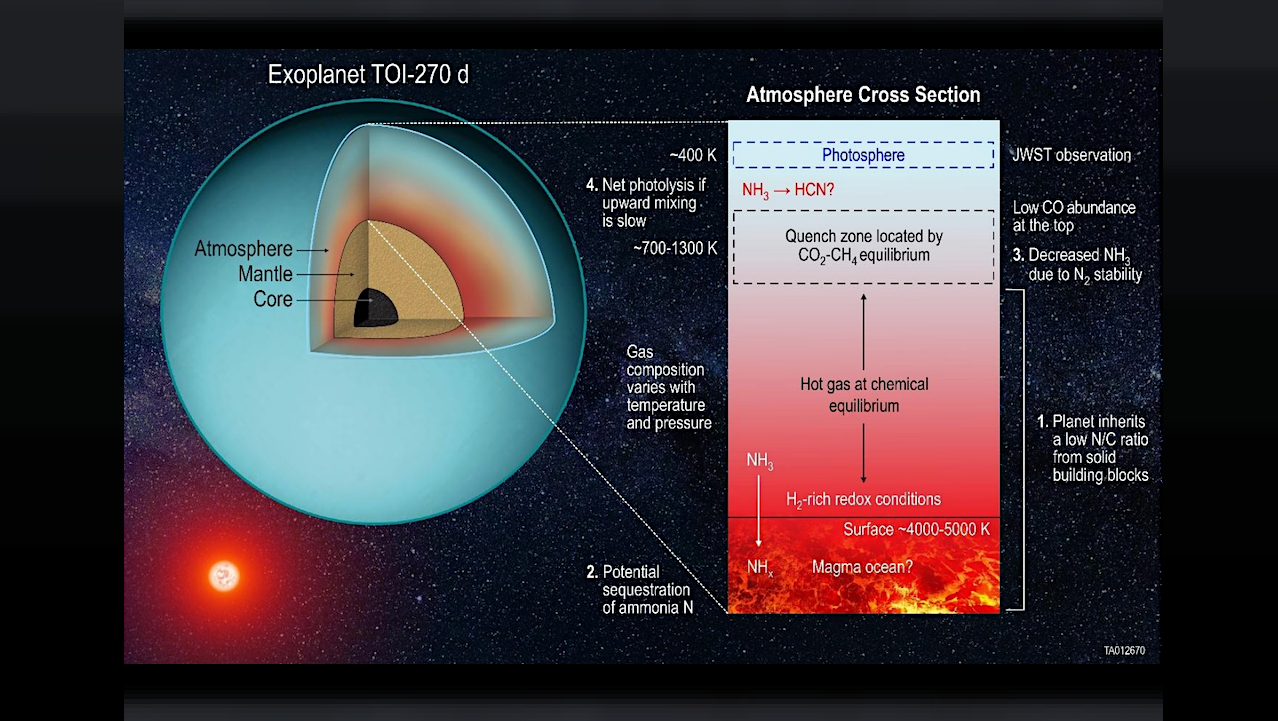

A graphical summary of our most important findings with emphasis placed on the origin, fate, and context of “missing ammonia” in the atmosphere of TOI-270 d. Numbers indicate a sequence of processes that may result in a lack of detectable NH3. — astro-ph.EP
The nature of sub-Neptunes is one of the hottest topics in exoplanetary science. Temperate sub-Neptunes are of special interest because some could be habitable.
Here, we consider whether these planets might instead be rocky worlds with thick, hot atmospheres. Can recent JWST observations of TOI-270 d be understood in terms of such a model? We perform thermochemical equilibrium calculations to infer conditions of quenching of C-H-O-N species.
Our results indicate apparent CO2-CH4 equilibrium between ~900 and ~1100 K. The CO abundance should be quenched higher in the atmosphere where the equilibrium CO/CO2 ratio is lower, potentially explaining a lack of CO. N2 is predicted to dominate the nitrogen budget. We confirm that the atmosphere of TOI-270 d is strongly enriched in both C and Ogas relative to protosolar H, whereas N is likely to be less enriched or even depleted.
We attempt to reproduce these enrichments by modeling the atmosphere as nebular gas that extracted heavy elements from accreted solids. This type of model can explain the C/H and Ogas/H ratios, but despite supersolar C/N ratios provided by solids, the NH3 abundance will probably be too high unless there is a nitrogen sink in addition to N2.
A magma ocean may be implied, and indeed the oxygen fugacity of the deep atmosphere seems sufficiently low to support the sequestration of reduced N in silicate melt. The evaluation presented here demonstrates that exoplanetary geochemistry now approaches a level of sophistication comparable to that achieved within our own solar system.
Christopher R. Glein, Xinting Yu, Cindy N. Luu
Comments: 49 pages, 11 figures, 5 tables
Subjects: Earth and Planetary Astrophysics (astro-ph.EP)
Cite as: arXiv:2504.09752 [astro-ph.EP] (or arXiv:2504.09752v1 [astro-ph.EP] for this version)
https://doi.org/10.48550/arXiv.2504.09752
Focus to learn more
Submission history
From: Christopher Glein
[v1] Sun, 13 Apr 2025 23:07:20 UTC (2,274 KB)
https://arxiv.org/abs/2504.09752
Astrobiology,
Stay Informed With the Latest & Most Important News
-
 012024 in Review: Highlights from NASA in Silicon Valley
012024 in Review: Highlights from NASA in Silicon Valley -
 02Panasonic Leica Summilux DG 15mm f/1.7 ASPH review
02Panasonic Leica Summilux DG 15mm f/1.7 ASPH review -
 03How New NASA, India Earth Satellite NISAR Will See Earth
03How New NASA, India Earth Satellite NISAR Will See Earth -
 04And Thus Begins A New Year For Life On Earth
04And Thus Begins A New Year For Life On Earth -
 05Astronomy Activation Ambassadors: A New Era
05Astronomy Activation Ambassadors: A New Era -
06SpaceX launch surge helps set new global launch record in 2024
-
 07Space Force plans new ‘Futures Command’ amid pressure to speed up modernization
07Space Force plans new ‘Futures Command’ amid pressure to speed up modernization














